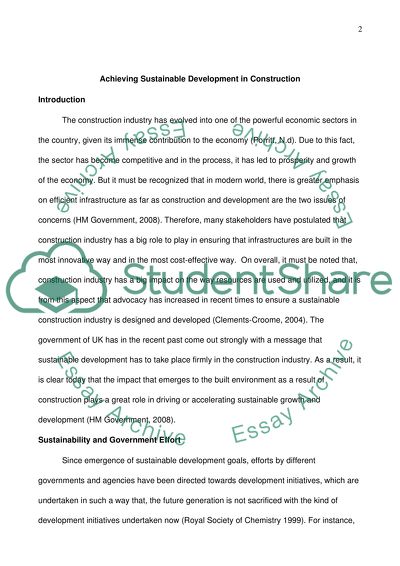Cite this document
(“Achieving Sustainable Development in Construction Essay”, n.d.)
Retrieved from https://studentshare.org/engineering-and-construction/1395651-achieving-sustainable-development-in-construction
Retrieved from https://studentshare.org/engineering-and-construction/1395651-achieving-sustainable-development-in-construction
(Achieving Sustainable Development in Construction Essay)
https://studentshare.org/engineering-and-construction/1395651-achieving-sustainable-development-in-construction.
https://studentshare.org/engineering-and-construction/1395651-achieving-sustainable-development-in-construction.
“Achieving Sustainable Development in Construction Essay”, n.d. https://studentshare.org/engineering-and-construction/1395651-achieving-sustainable-development-in-construction.


